Early ancestors of the ocean's biggest animals once walked on land. Follow their extraordinary journey from shore to sea.
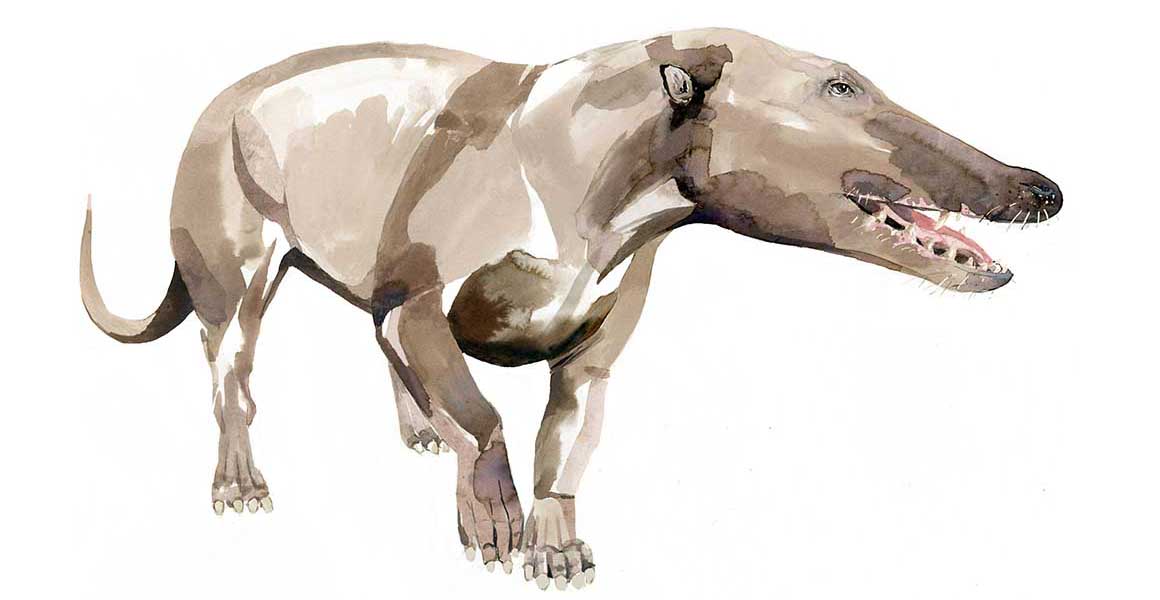
An artist's impression of what Pakicetus, an early ancestor of the whale, might have looked like
Although whales are expert swimmers and perfectly adapted to life underwater, these marine mammals once walked on four legs.
Their land-dwelling ancestors lived about 50 million years ago.
Meet Pakicetus, a goat-sized, four-legged creature that scientists recognise as one of the first cetaceans (the group of marine animals that includes dolphins and whales).
How Pakicetus' descendants evolved into whales is one of the most intriguing evolutionary journeys known to science.
What did the first whales look like?
Pakicetus (pictured above) looked nothing like a whale, but it would have felt at home in the water. It lived on land, on the edge of lakes and riverbanks in what is now Pakistan and India.
It hunted small land animals and freshwater fish, and could even hear underwater.
Eventually the relatives of this animal ventured further into the water and evolved to cope with their new environment.
Into the water
One species of these relatives was called Ambulocetus. It lived in or near estuaries about 50 to 48 million years ago.
Like Pakicetus, it spent time both in and out of water, but its large feet looked more like flippers than its ancestor's longer legs. It also used its tail for swimming.
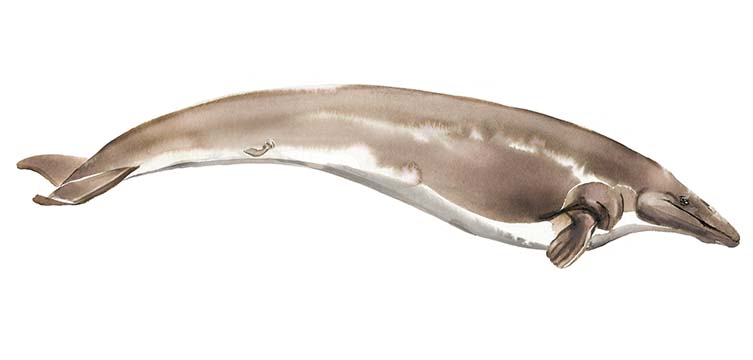
An artist's impression of Dorudon, an ancestor of modern whales
Further along this evolutionary journey we find Dorudon, which lived 40 to 33 million years ago.
This five-metre-long animal had proper flippers and tiny hind legs. It lived entirely in the water and was a good swimmer. It also gave birth to its young underwater.
Within 10 million years, from the age of Pakicetus to Dorudon, cetaceans had completely adapted to life in the water. That sounds like a long time, but in evolutionary terms this is considerably fast.
Whales without teeth
The descendants of Dorudon went on to evolve into modern whales.
About 34 million years ago, a group of whales began to develop a new way of eating. They had flatter skulls and feeding filters in their mouths.
These are called baleen whales, which include blue whales and humpback whales.
Others whales keep their teeth - this group includes dolphins, porpoises, orcas and sperm whales.
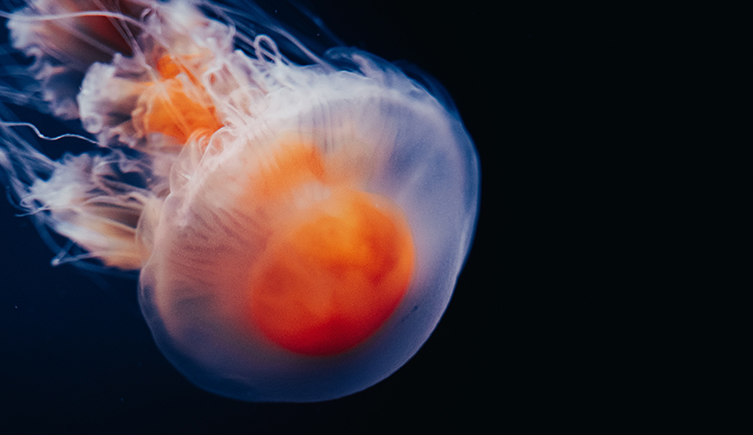
Sorry to surface...
But are you a deep-sea enthusiast? Explore the inky depths in our expert-led, online and on-demand course Deep Sea, available now.
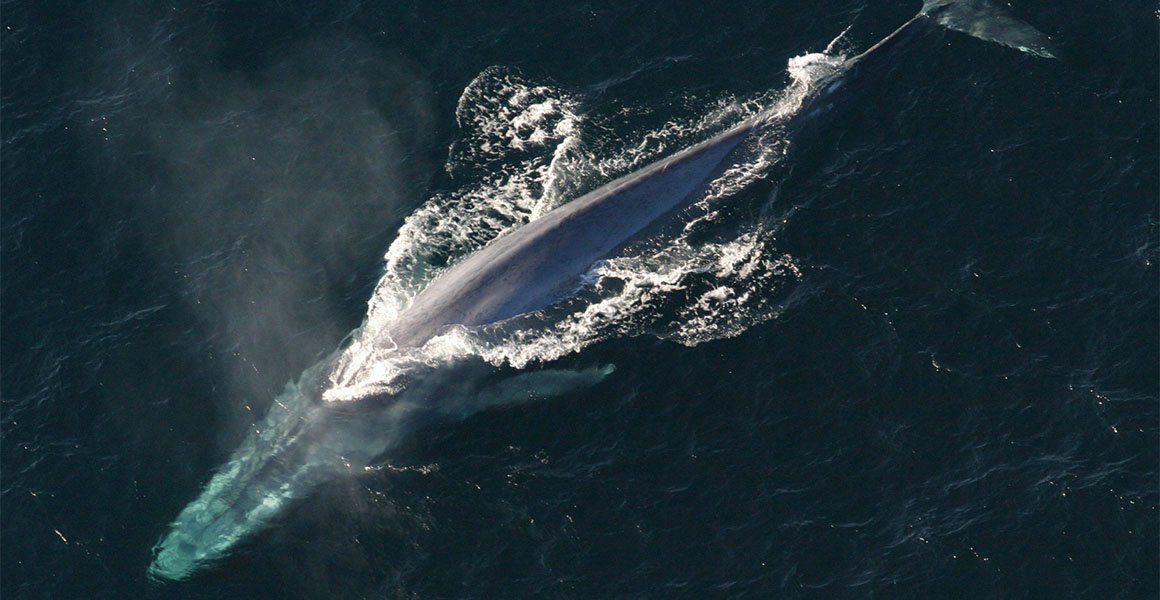

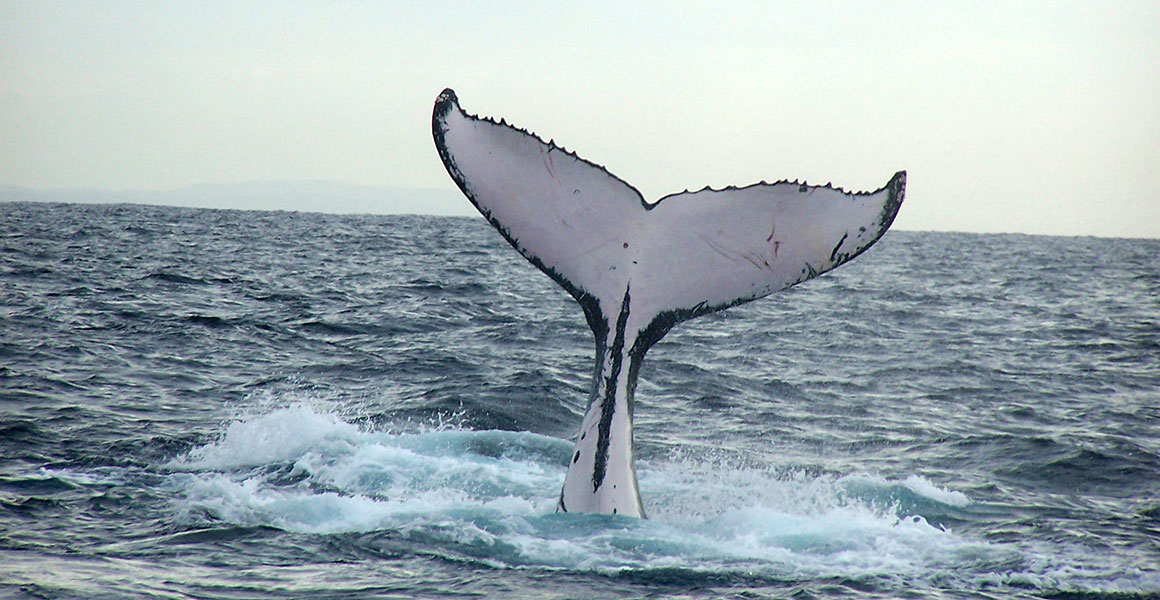
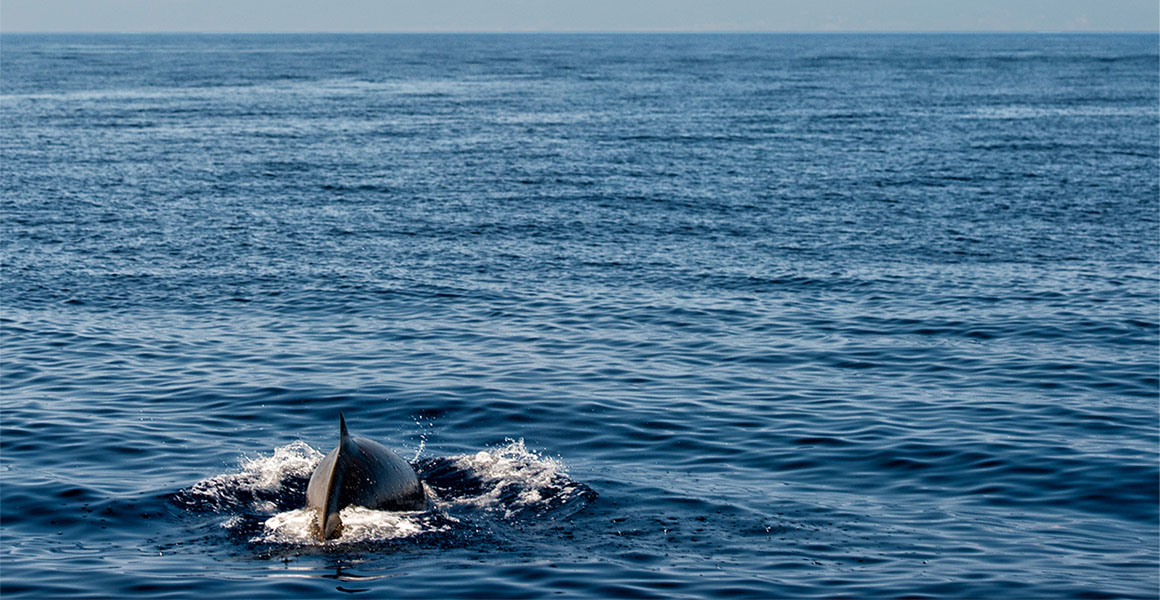
Don't miss a thing
Receive email updates about our news, science, exhibitions, events, products, services and fundraising activities. We may occasionally include third-party content from our corporate partners and other museums. We will not share your personal details with these third parties. You must be over the age of 13. Privacy notice.
Follow us on social media